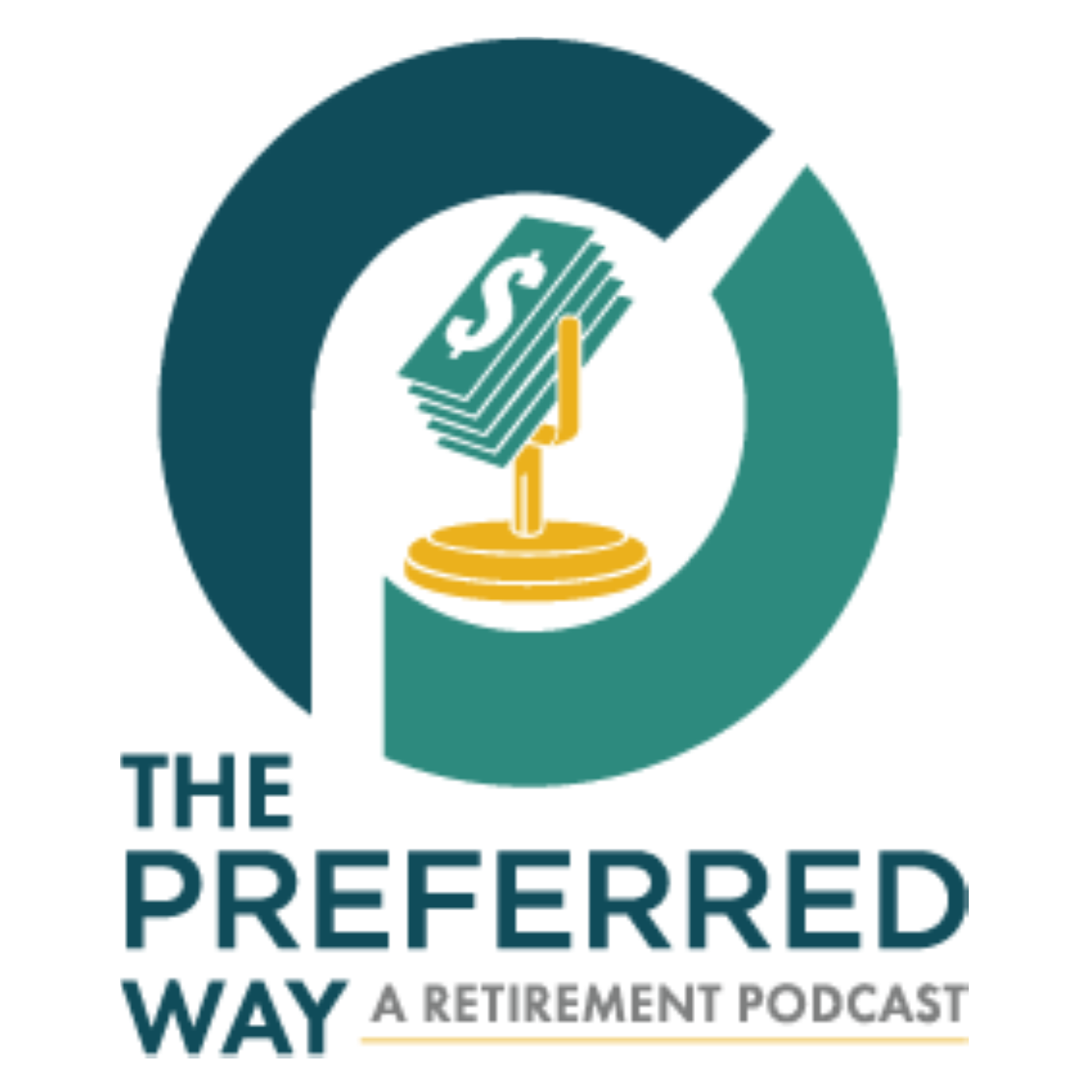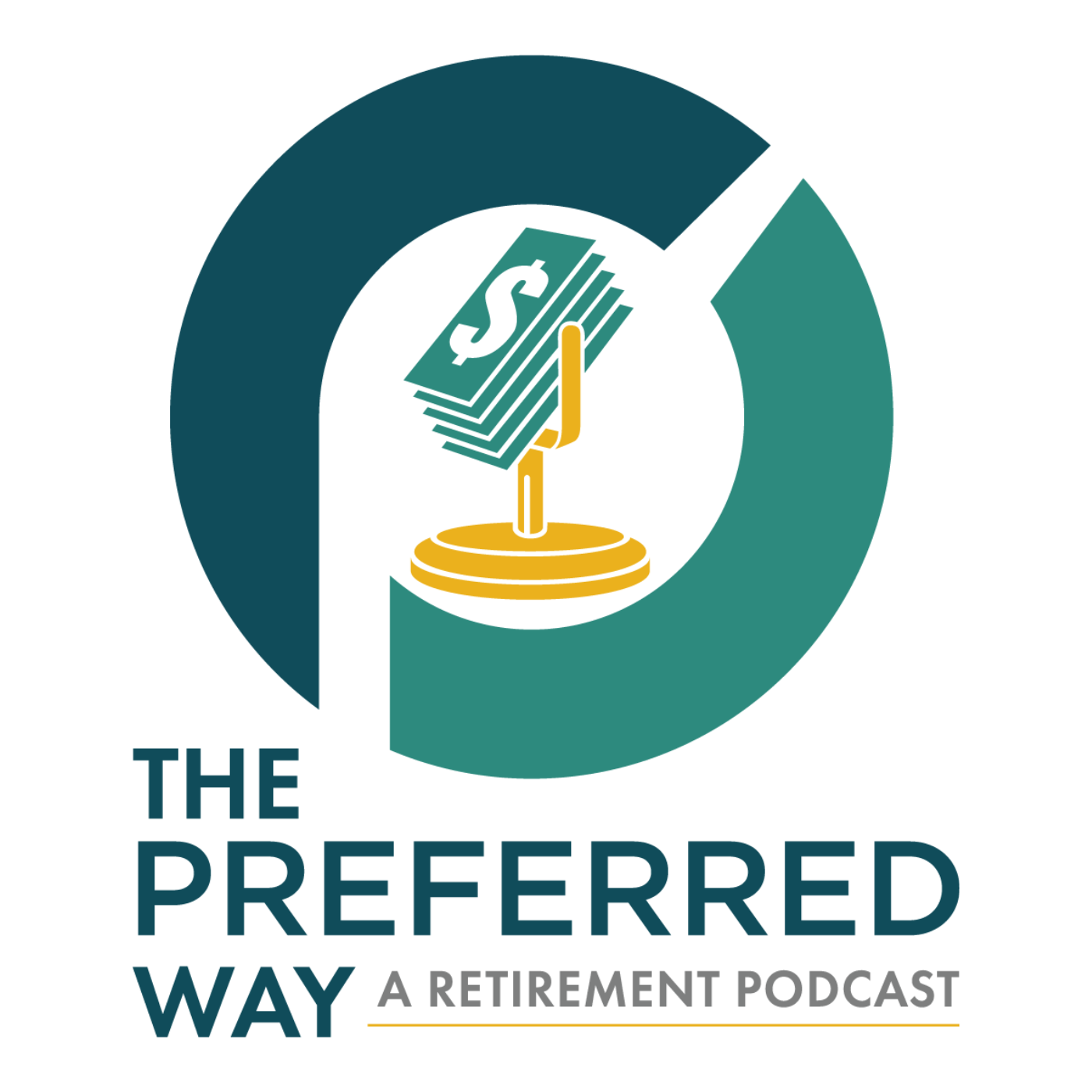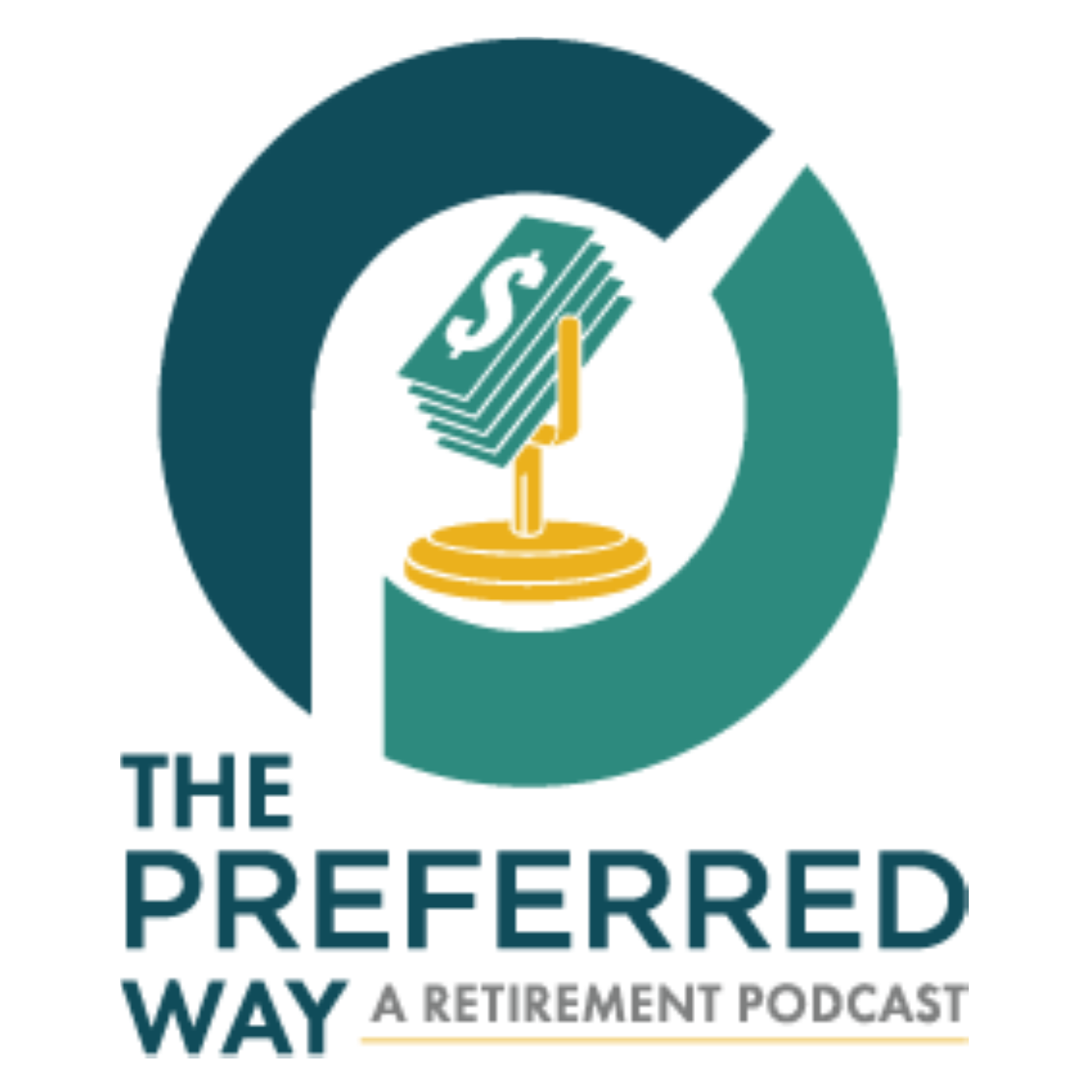[00:00:01] Speaker A: You're listening to PTC point of view, brought to you by preferred trust company, the preferred custodian for all alternative investments. We're here to provide retirement savers like you with the tools you need to succeed. Need a confidence boost when it comes to investing outside of the stock market? Do you want the power to build a tax sheltered nest egg that will last through your golden years? You've come to the right place. Turn up your speakers and turn off cruise control because we're taking you on the alternate route to investing with your IRA.
[00:00:39] Speaker B: Welcome back to another episode of PTC Point of view. Today we are going to be talking about a specific type of IRA account. If you didn't know there are four types of IRA accounts, we have traditional roth, sep and s, one mple. And today we are going to be talking about simple iras and what they are. Joining me is Chris Trembley, director of operations.
[00:01:05] Speaker C: Thanks for having me, Maddie.
[00:01:06] Speaker B: Yeah. So let's get right into explaining what exactly a simple IRA is. It's not a very common one.
[00:01:16] Speaker C: It's not. We don't, I mean, we don't see a huge amount of them. We do have clients that hold simple plans with us, but it definitely is not the majority. But it's a great tool for smaller employers to be able to provide retirement savings for their employees. The employees can contribute through their salary reductions and then a little bit different than other plans. The employer is required to either make matching or non elective contributions. So a little bit different. Each individual employee is set up with their own IRA, and it's a great tool, like I said, for those employers who want to get started in providing retirement for their employees.
[00:02:04] Speaker B: Okay, so you said small employers can provide this for their employees. What is the criteria for a company to be able to provide this?
[00:02:14] Speaker C: So employers have to have less than 100 employees. So anywhere between one and 100 after that, you're reaching a threshold where you have to change the type of plans. So this is great for a small employer. You know, you have 20 employees, you have 50 employees, you have 75 employees, and you want to provide them with that way of saving for retirement.
[00:02:37] Speaker B: So it's definitely for small business owners. Once you reach that 100 threshold, you.
[00:02:43] Speaker C: Would be switching over. You would look towards more. Something like a 401K plan is what you would be looking for. But the important thing for employers to remember, too, is that they have to consider and any employees that are employed during the calendar year, including those who've not met the plan's eligibility requirements yet. Right. So there might be certain eligibility. They might have to be employed for a certain amount of time, 60 days, 90 days, 120 days, however, they set up the plan. But they do have to consider those employees in that total number of their employees, so they can't discount them just because they're not in the plan yet.
[00:03:20] Speaker B: Oh, okay. That makes sense. So there are obviously benefits and drawbacks to every plan. It just depends what you're looking for personally. So let's go over the benefits of providing a simple IRA for your employees.
[00:03:36] Speaker C: So I think one of the biggest things is that it is for smaller employers, 401K plans can be quite expensive. There's a lot of administration behind them. And so if you're an employer that's not ready to make that huge jump to offer a 401K plan, the simple IRA is a great option. And the contributions are tax deductible for the employer. Yep, exactly. And then the employee's contributions, the earnings aren't taxed until they're withdrawn. Very similar to a traditional IRA.
[00:04:10] Speaker B: And you said contributions. What are the contribution limits?
[00:04:14] Speaker C: So this is really great because this is much higher than your traditional or your Roth IRA. 15,500 for tax year 2023. And if you're age 50 or older, you can go all the way up to $19,000 making contributions. So that's. That's pretty significant. Yeah.
[00:04:32] Speaker B: So it's definitely higher than a traditional IRA.
[00:04:34] Speaker C: Yeah.
[00:04:34] Speaker B: So earlier you mentioned that employers must match their employees contributions. What is that match percentage?
[00:04:42] Speaker C: Up to 3% on the. On compensation.
[00:04:45] Speaker B: Okay. And they can go as low as 1%.
[00:04:49] Speaker C: Right.
[00:04:50] Speaker B: They can't go any lower.
[00:04:51] Speaker C: 1%. Right. 1%. The interesting part about the simple plan is that they can make amendments to the employer. Contributions are made on an annual basis, so they can relook at it. And let's say they, you know, they're able to make that higher. You know, maybe they've been making that 1% and they're able to move up.
They can do that annually.
[00:05:11] Speaker B: Awesome.
[00:05:12] Speaker C: Yeah. They have to either make either, or. They either have to match dollar to dollar up to 3% or non elective contributions of 2%.
[00:05:21] Speaker B: What does non elective mean?
[00:05:23] Speaker C: The employee didn't elect to make contributions.
They are contributing anyway.
[00:05:28] Speaker B: The employer has to anyway, correct. Oh, okay.
[00:05:32] Speaker C: Yeah.
[00:05:32] Speaker B: Good to know. And obviously, with every IRA plant, there is drawbacks as well.
What would you say a few of the drawbacks are of a simple IRA plan?
[00:05:45] Speaker C: Well, they do have to follow strict IR's rules and regulations. Right. They do have to stay under that 100 employee. So if you're a growing business, and your projections are to triple your numbers or double your numbers, then you do have to be aware of that and really kind of pay attention to that. Other types of retirement plans also have higher contribution limits, 401s, Sep plans. So it really depends on what you want to have for your and be available for your employees and what type of compensation they make.
[00:06:18] Speaker B: And is there a penalty for withdrawing funds from a simple IRA?
[00:06:25] Speaker C: Yes, if, you know, like any retirement account, if they're withdrawing funds before what the IR's says is the retirement age of 59 and a half, they're going to face penalty. Typically, it's. It's 10%, ten to 20%. It just depends.
And the penalty increases to 25% if money is withdrawn within two years of the employer making their deposits. So gotta be careful.
[00:06:50] Speaker B: So I know right now there is no option for a roth contribution to a simple IRA, but the Secure Act 2.0 just came out. Let's discuss that a little bit.
[00:07:01] Speaker C: So, yeah, so it was just put and made into law in December when the Secure Act 2.0 passed, that there is now an option to make Roth contributions to a simple or a sep IRA. Now, the details and specifics of that, of course, the federal government hasn't come out with. But for us, we're a part of RITa, which is the retirement industry Trust association. So, basically, this is our conference, our association, that helps to work for companies like preferred trust companies, self directed IRA custodians. They go out and they're kind of like the go between between us and Congress and the federal government. And so they've recently asked for clarification because that wasn't part of the act. Exactly.
Any contributions to a simple or a SAP on the Roth side, will that take away from the actual Roth contributions that clients make? So there's some gray area that needs to be clarified that we're looking for Congress to and, you know, for the federal government to come forward and clarify for us so that we'll be able to present that, because this could be a really great tool once the clarification is made. And we have to be able. It's our job as custodians to take what passes in the federal government and pass that information on to our clients so they can make informed decisions about how they want to contribute to their retirement accounts.
[00:08:25] Speaker B: Yeah, and if you're wondering why someone would want to do that, a Roth contribution to a simple IRA would allow account holders to contribute post tax money and avoid paying taxes later on.
[00:08:40] Speaker C: Correct.
[00:08:40] Speaker B: So that would be amazing if we could get some more details from the government.
[00:08:44] Speaker C: Yes, it would be fantastic. But it is law now, so as soon as we have that information, then clients can start doing that, we'll be good to go. Yeah.
[00:08:52] Speaker B: So is someone allowed to have a simple and a traditional IRA?
[00:08:57] Speaker C: Yes, you can have. Yeah, you can definitely have both.
You just have to be conscious of whether or not you'll be able to deduct all of the contributions. And that's something that obviously you want to speak to your CPA or tax professional about.
[00:09:12] Speaker B: And if someone were listening to this and they would like to open a simple IRA with preferred trust, what does that process look like?
[00:09:21] Speaker C: A, you need to be an employer with less than 100 employees that want to open a retirement plan for their current employees. So give us a call. The applications are very straightforward and we'll help you through them. You'll need an application for yourself to actually get the plan started and then an application for each employee that's going to be opening up their own IRA to go underneath that simple plan. And we'll help you through that. It's just an application, a general application process that we do for all IRA accounts.
[00:09:52] Speaker B: Awesome. Easy peasy.
[00:09:54] Speaker C: Easy peasy. Give us a call. We can go through it with you, give you options, talk to you specifics. Maybe there's specific questions you have regarding your current company and the employees and the types of retirement accounts that you can offer them.
[00:10:07] Speaker B: Yeah. And thank you for joining me today. I hope our listeners learned a little bit about simple iras. If you have more questions regarding simple iras, IRS Dot Gov is a great resource. Yes, they've got lots of blogs and articles and information on there if you want to learn more about the specifics. And I think that's all we have for today.
[00:10:30] Speaker C: Okay, thanks.
[00:10:32] Speaker A: Thanks for joining us for another episode of PTC Point of View where retirement savers meet alternative investments. Know someone who struggles struggling with a retirement strategy? Tell them about our show. Can't wait for the next episode. To learn more, visit our
[email protected], or give us a call at 888992.



